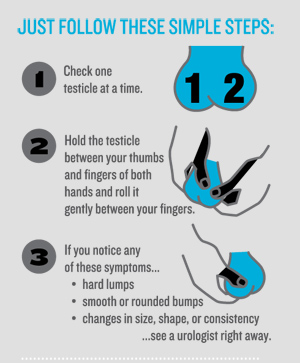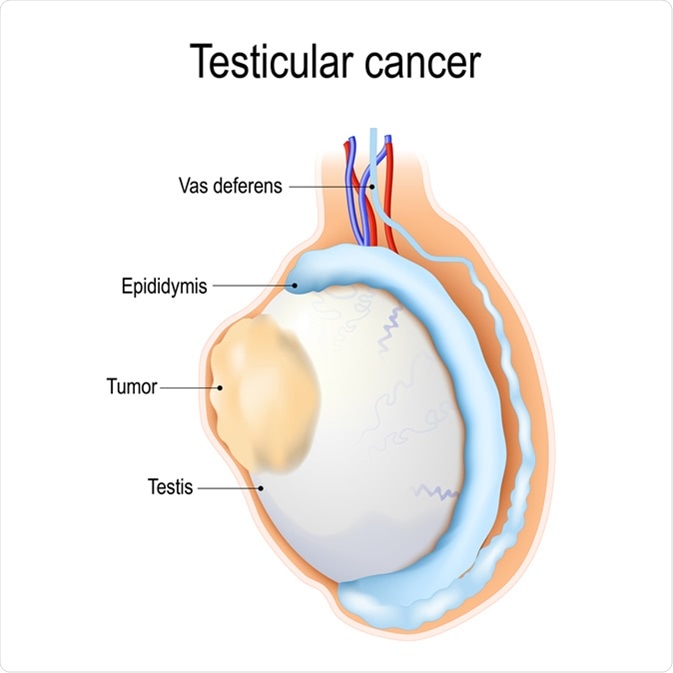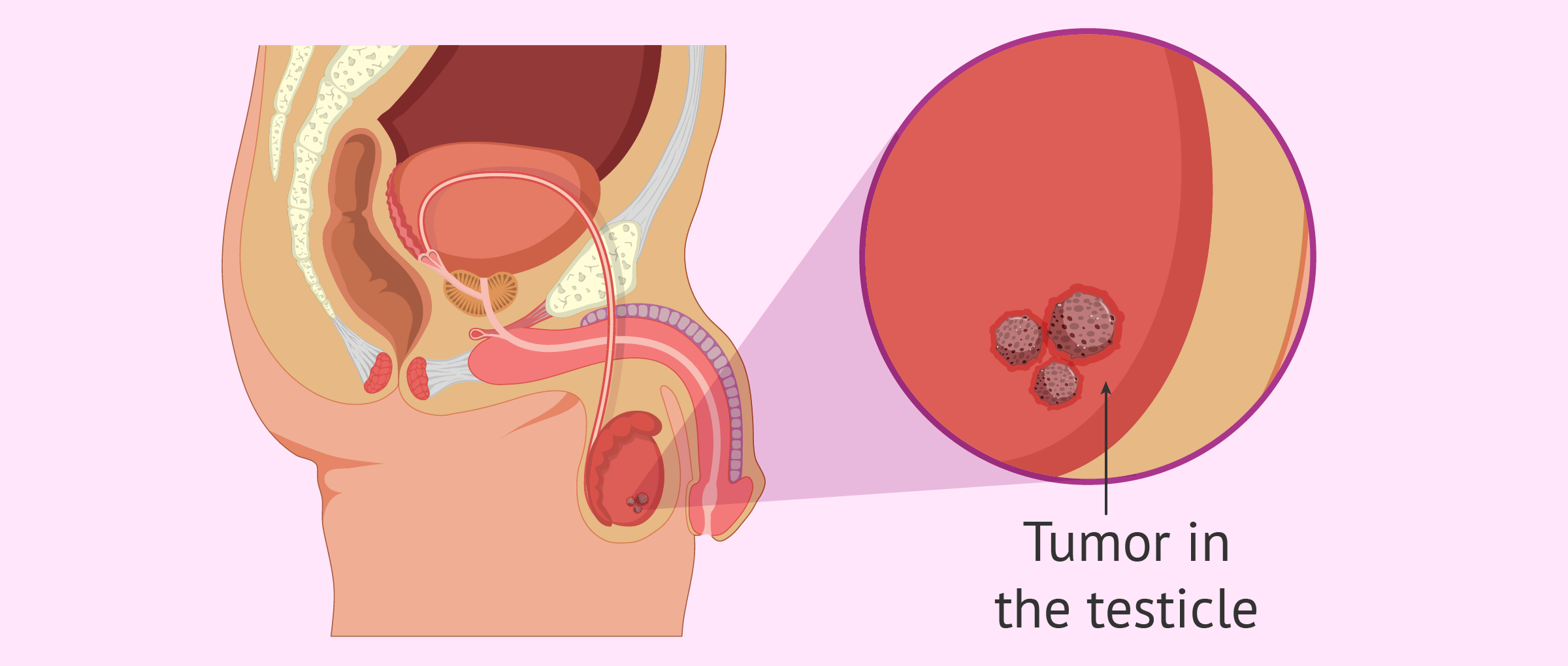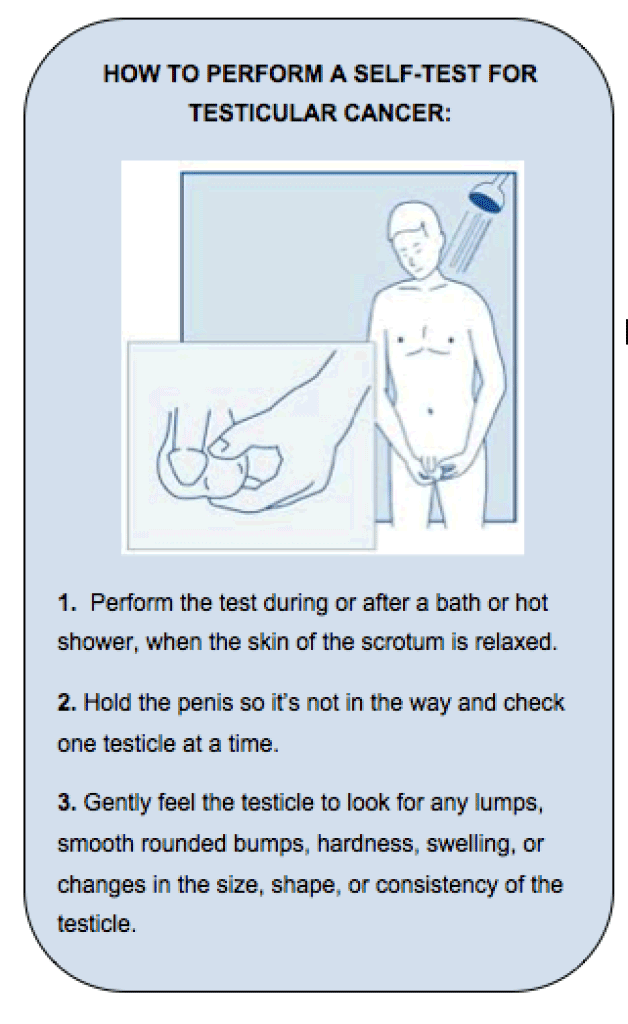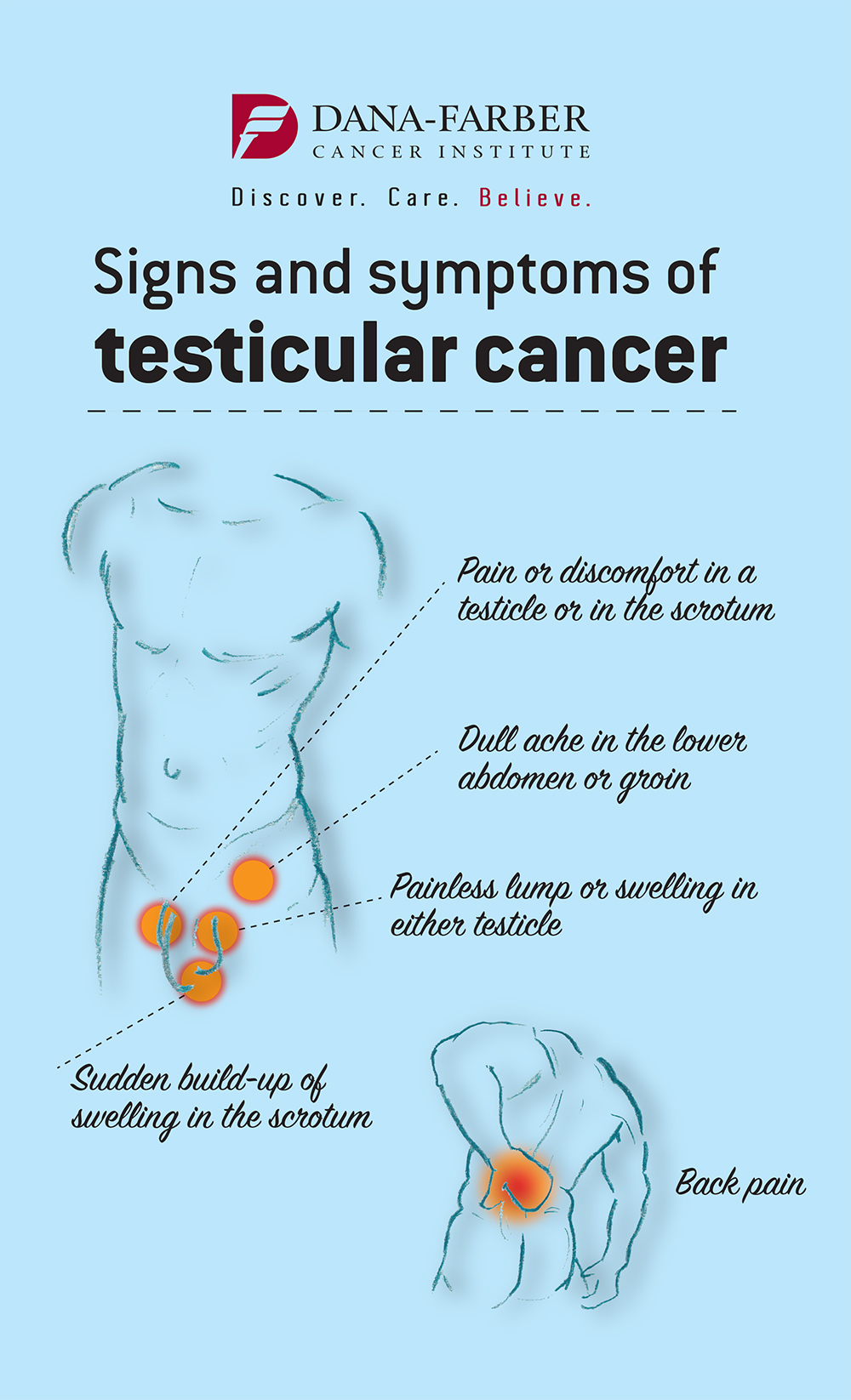Cool Tips About How To Diagnose Testicular Cancer

Exam, blood test, and ultrasound, first, the doctor will examine your testicles for lumps or swelling.
How to diagnose testicular cancer. The first step is for the doctor to take a complete medical history and check for risk factors and symptoms. Biopsies for testicular cancer are usually performed only after removing the affected testicle because of the danger of the. An ultrasound is often the first test done if the doctor thinks you might have testicular.
Shortness of breath, chest pain,. Cancer usually affects only one testicle. Tests for testicular cancer scrotal ultrasound.
We recommend performing this “self check” once a month. In some cases men discover testicular cancer themselves, either unintentionally or while doing a testicular. Ct scans are most frequently used to see if the cancer has spread to other areas of the body.
Testing for testicular cancer, what to expect during your appointment: For testicular cancer, ct scans (see above) are generally preferred over mri scans for viewing the abdomen because accurately reading mri scans of the abdomen requires extensive. Finding cancer early, when it's small and before it has spread, often allows for more treatment options.
Examination of a blood sample. Tests designed for diagnosing testicular cancer include: Usually, an enlarged testicle or a small lump or area of hardness are the first signs of testicular cancer.
Tests for testicular cancer ultrasound of the testicles. If the patient shows signs of testicular cancer, the doctor might physically examine the testicles which. There are different types of testicular cancer and 90% of them are caused by germ cells that clump up in your testicles to form a mass or tumor.
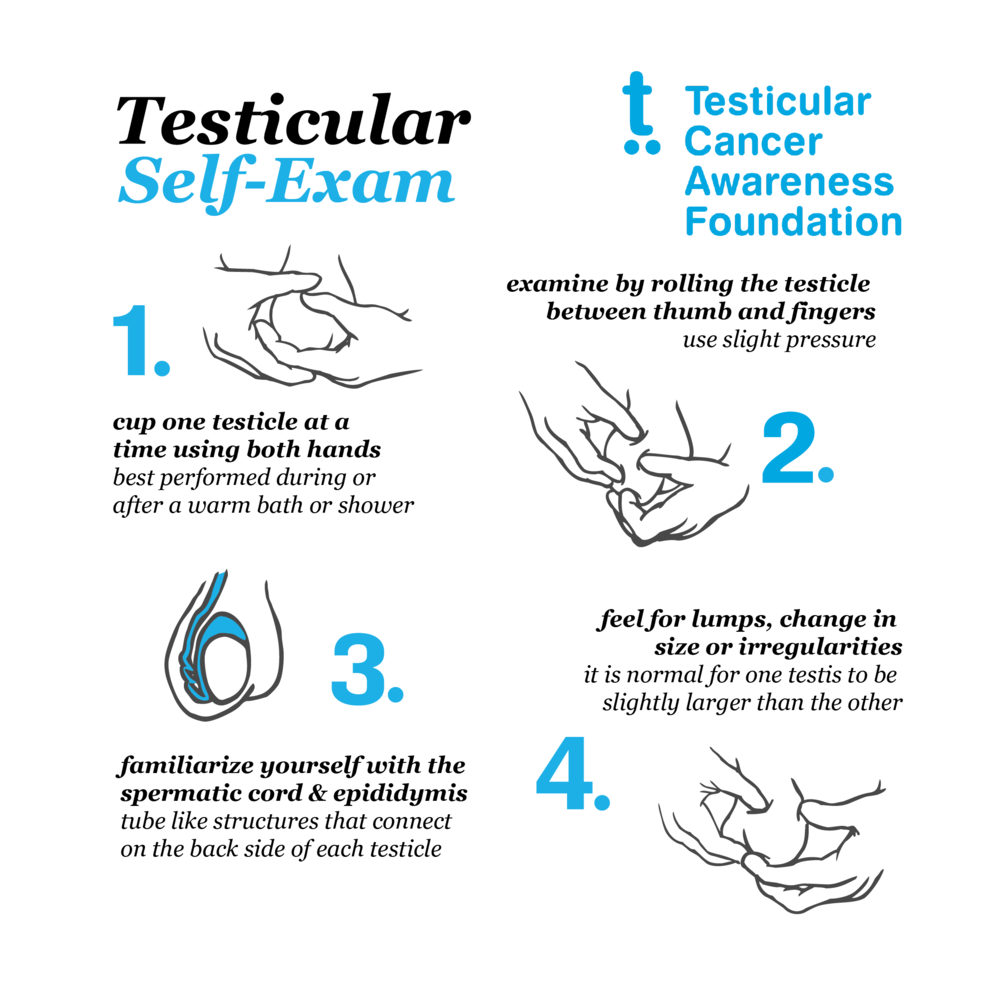





/testicular-cancer-symptoms1-5b2190e41d64040037c9891a.png)

